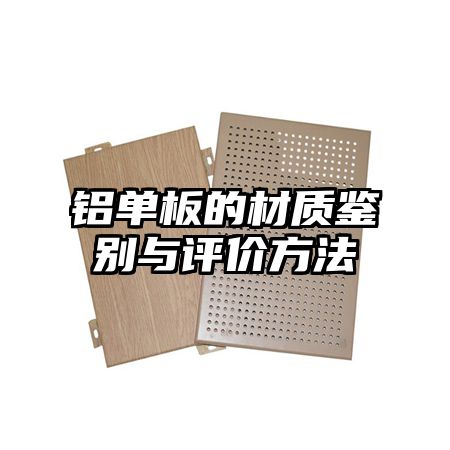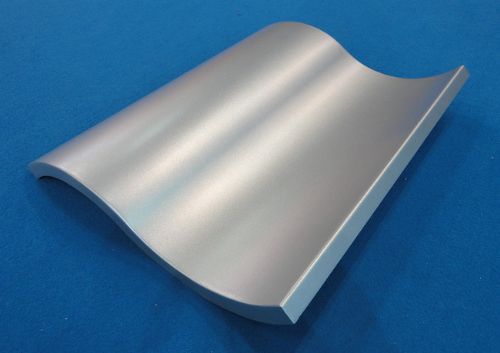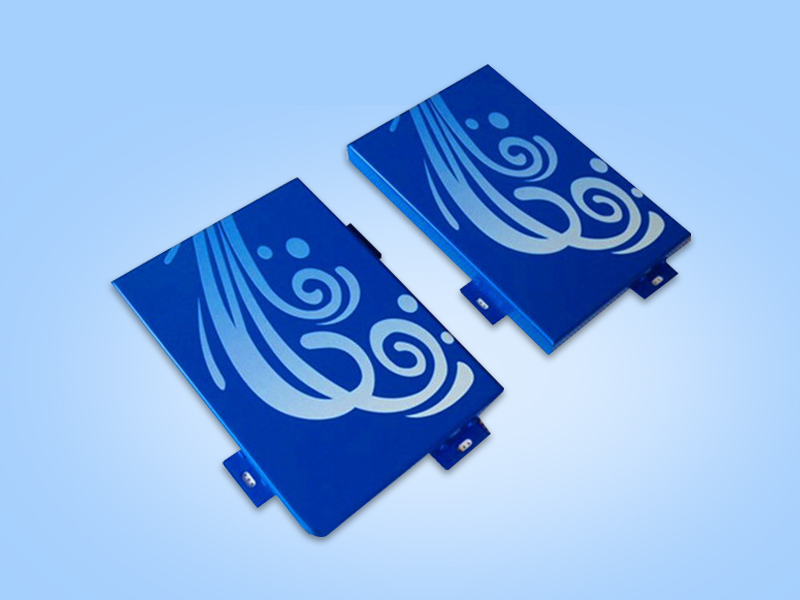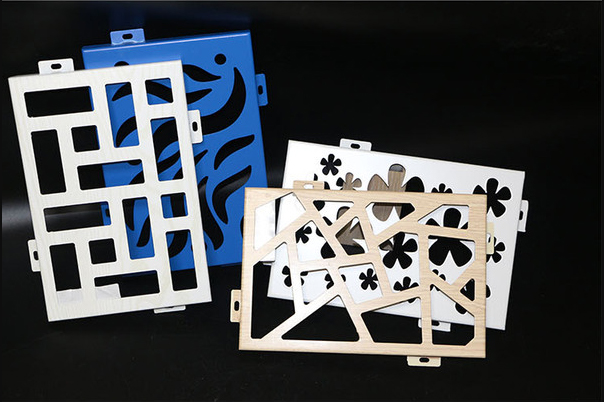Corporate News
Company News
- Aluminum veneer with wrapped columns, a new choice for the beauty of architecture
- Aluminum veneer design, a new trend in spatial art
- The magnificent transformation of aluminum veneer: not just decoration, but also technology!
- Aluminum veneer with wrapped columns: the fashionable new favorite of the aluminum world
- Aluminum veneer customization: an artistic journey to create personalized spaces
Industry dynamics
- Ancient charm and modern style, carved aluminum veneer interprets modern aesthetics
- Carved aluminum veneer: a perfect fusion of art and practicality
- Aluminum veneer: the "green guardian" in modern architecture
- Construction site report on 2mm aluminum veneer
- Customized aluminum veneer: the art of creating personalized spaces
Frequently asked questions
- How to identify and evaluate the material of aluminum veneer?
- What is the production process of aluminum veneer?
- What are the precautions for the application of aluminum veneer in the home decoration industry?
- What are the safety design and environmental performance of aluminum veneer curtain walls?
- What are the advantages and characteristics of aluminum veneer?
contact us
Mobile:+86 15627778610
Email: 2201229786
Address: No. 5 Binjiang Road, High tech Zone, Zhaoqing City, Guangdong Province
Material identification and evaluation methods for aluminum veneer
- Author: Jinba Aluminum Industry (Guangdong) Co., Ltd
- Release time: March 19, 2025 15:42:18
- Click:0

Material identification and evaluation methods for aluminum veneer
Abstract: Aluminum veneer is widely used in the construction and decoration industries, and the identification and evaluation of its material are of great significance. This article elaborates on the material identification and evaluation methods of aluminum veneer from four aspects: appearance, weight, hardness, and corrosion resistance.
1、 Appearance
1. Color and luster: By observing the color and luster of aluminum veneer, its quality and material can be preliminarily judged. High quality aluminum veneer has uniform color, high surface glossiness, and no obvious color difference or spots.
2. Surface treatment: Aluminum veneer is often treated with surface treatment techniques such as fluorocarbon spraying, powder spraying, or anodizing. The material of aluminum veneer can be evaluated by carefully observing its surface treatment effect, such as coating flatness, adhesion, and scratch resistance.
3. Edge treatment: Good aluminum veneer edge treatment presents a flat and smooth effect, without burrs and scratch marks.
2、 Weight
1. Specific gravity: By measuring the weight and volume of aluminum veneer, calculating its specific gravity can provide a preliminary understanding of its material. Generally speaking, high-purity aluminum veneers have a lighter density, while aluminum veneers with more impurities have a heavier density.
2. Thickness and density: The density of aluminum veneer directly affects its quality and performance. Generally, the higher the density, the better the quality. The thickness and density of aluminum veneer can be measured using instruments, and the material can be evaluated based on the measurement results.
3. Strength to weight ratio: The strength to weight ratio of aluminum veneer is an important indicator for measuring its quality. Generally speaking, high-quality aluminum veneer has higher strength and weight, and has better durability and service life.
3、 Hardness
1. Rockwell hardness test: Using a hardness tester to test the Rockwell hardness of aluminum veneer can obtain its hardness value. A high hardness value indicates that the material of aluminum veneer is hard and has good scratch and impact resistance.
2. Friction test: By conducting friction tests on aluminum veneer, observe whether its surface is easily scratched to evaluate its hardness and wear resistance.
3. Impact strength testing: Through impact strength testing, the degree of deformation of aluminum veneer under stress can be understood to evaluate its hardness and toughness.
4、 Corrosion resistance
1. Salt spray test: Expose aluminum veneer to a salt spray environment and observe whether there is corrosion and oxidation on its surface to evaluate its corrosion resistance.
2. Chemical reagent testing: Use acid-base and other chemical reagents to come into contact with the surface of aluminum veneer and observe its reaction to evaluate its resistance to chemical corrosion.
3. Environmental adaptability testing: Place aluminum veneer in high temperature, low temperature, high humidity, or relatively dry environments to observe its changes and evaluate its ability to resist corrosion in different environments.
5、 Summary:
The material identification and evaluation methods for aluminum veneer include considerations of appearance, weight, hardness, and corrosion resistance. By observing color and gloss, measuring weight and thickness, testing hardness and corrosion resistance, etc., the quality and material of aluminum veneer can be comprehensively evaluated. These methods provide a scientific basis for selecting suitable aluminum veneer products.







 Customer service QQ
Customer service QQ